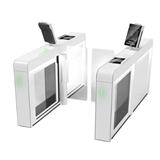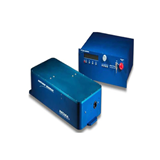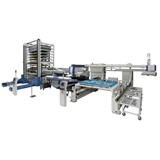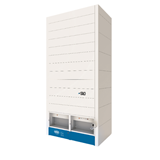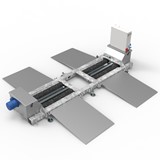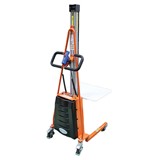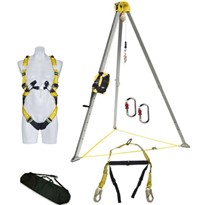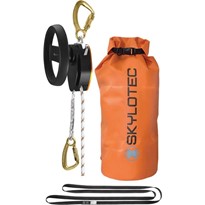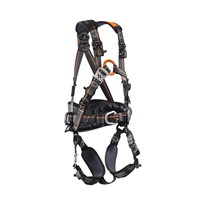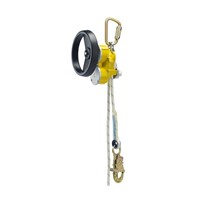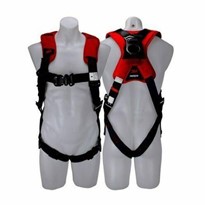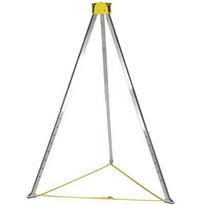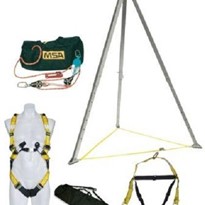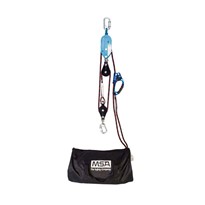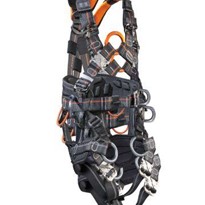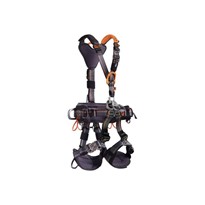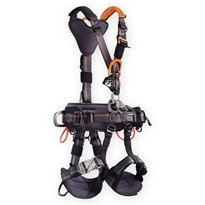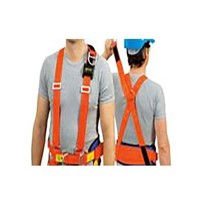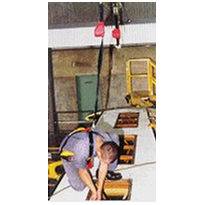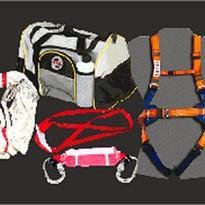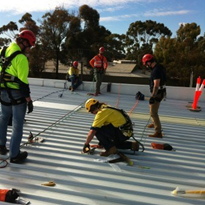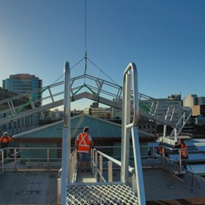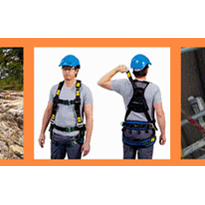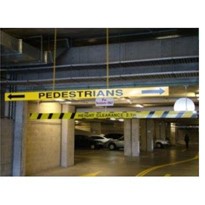Each letter represents a key element that should be considered:
A - Anchorage: Anchorage refers to a secure point of attachment for personal fall protection systems. It can be a fixed structure or an engineered anchorage point designed to withstand the forces generated during a fall. Anchorage points should be properly identified, inspected, and capable of supporting the weight and impact load of a falling worker.
B - Body Support: Body support refers to the equipment used to support and protect a worker's body during a fall. This includes harnesses, belts, and other components that distribute the forces of a fall across the body and reduce the risk of injury. It is crucial to select and wear the appropriate body support equipment for the specific job and ensure it is properly fitted and adjusted.
C - Connectors: Connectors are the components that link the body support system to the anchorage point. They include lanyards, lifelines, and self-retracting lifelines (SRLs). Connectors should be inspected for damage or wear, and the correct type of connector should be used based on the specific work environment and fall hazards.
D - Descent and Rescue: Descent and rescue procedures are essential in case a fall occurs. Workers should have a plan and appropriate equipment to safely descend to a lower level or be rescued if they become suspended after a fall. This may involve the use of rescue devices, such as rope grabs, hoists, or descent systems, and adequate training should be provided to workers.
E - Education and Training: Education and training are critical to ensure workers understand the hazards associated with working at heights and how to properly use fall protection equipment. Workers should receive comprehensive training on fall prevention, equipment inspection, fitting, and usage. Regular refresher courses and updates on safety protocols are also important.
F - Fall Protection for Tools: Fall protection for tools helps make work environments safer and more productive by reducing dropped object incidents.
By following the ABCDEF framework, employers and workers can promote a culture of safety, reduce the risk of falls, and ensure that proper measures are in place to protect workers when working at heights.


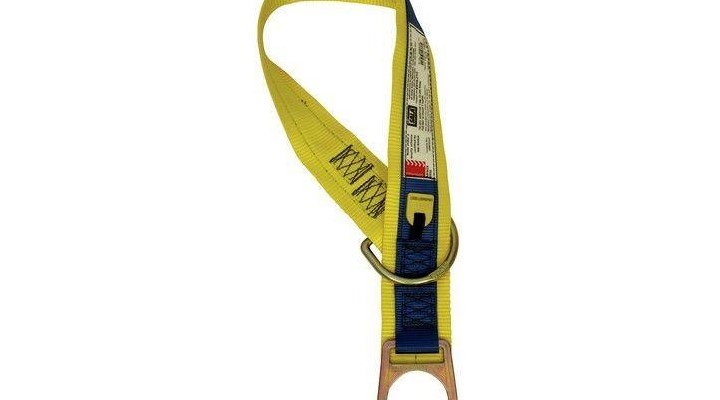
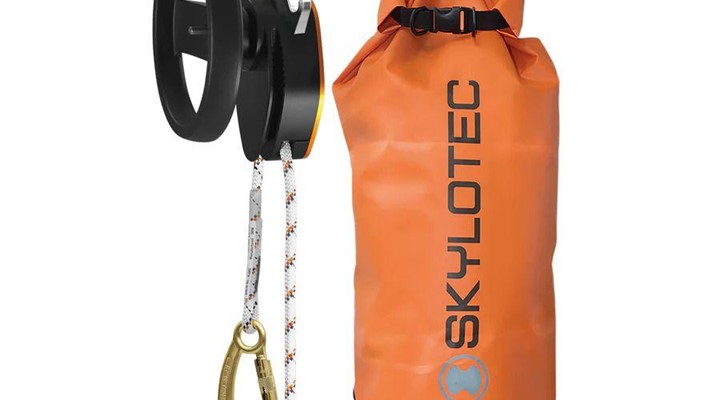

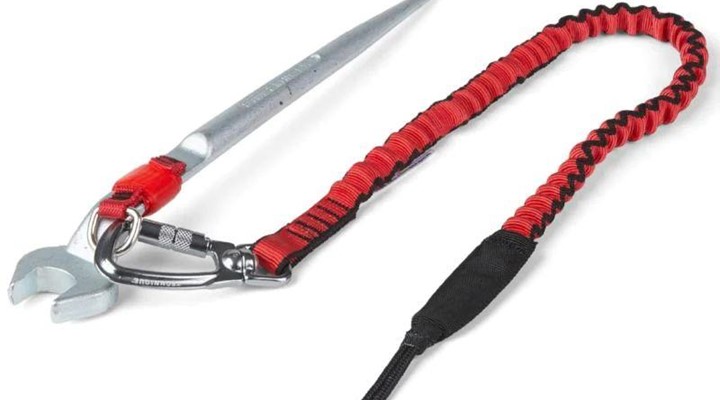
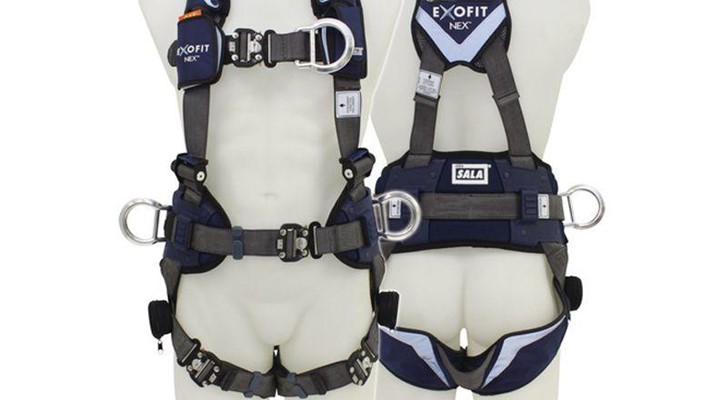
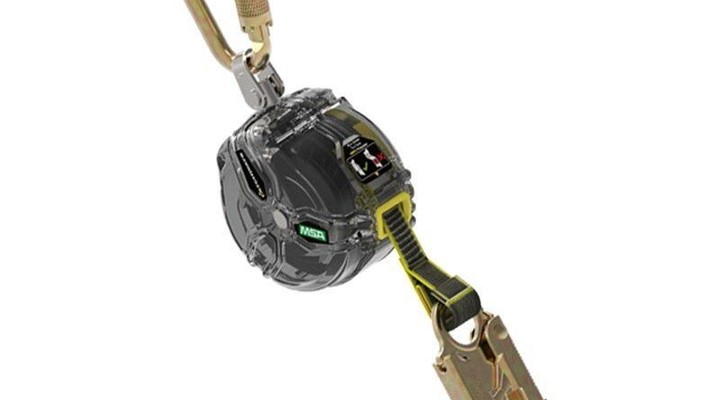
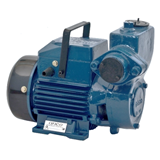
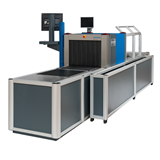




-160x160-state_article-rel-cat.png)






-160x160-state_article-rel-cat.png)
-160x160-state_article-rel-cat.png)

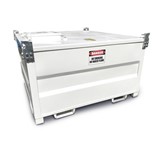
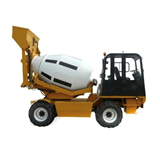
-160x160-state_article-rel-cat.png)
